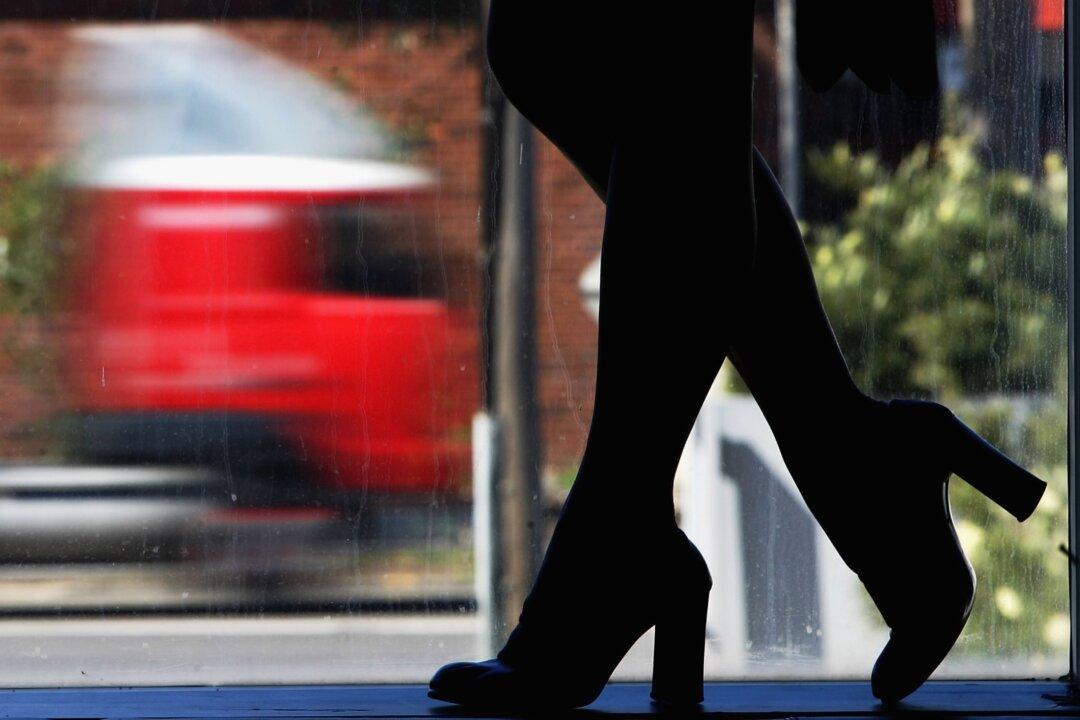Universities in New South Wales (NSW) have been warned about instances of sexual exploitation among international students amid a strong comeback of the international education sector.
NSW Anti-Slavery Commissioner James Cockayne recently wrote to 10 universities in the state, informing them about cases of exploitation against international students. He expressed concern that authorities were falling behind in tackling the issue, as reported by The Australian newspaper.





